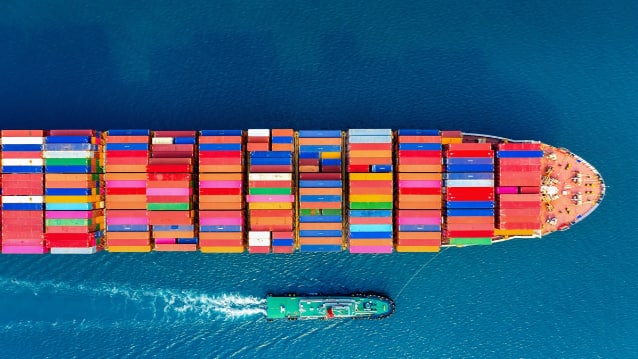The study by SMERA on exporting SMEs said that the exports too have seen a three-fold growth, rising from Rs 3.95 lakh crore in 2020-21 to Rs 12.39 lakh crore in 2024–25.

Micro and small enterprises constitute 91 per cent of exporting units within the share of MSME total exports. (Source: freepik)
Despite having to deal with an increasingly dysfunctional world of politics, economy, and exports in particular, the number of MSMEs exporting goods outside India has registered a threefold jump from 52,849 in 2020-21 to 1,73,350 in 2024-25, said SME-focused rating agency SMERA Ratings on Tuesday.
Moreover, the study by SMERA on exporting SMEs said that the exports too have seen a three-fold growth, rising from Rs 3.95 lakh crore in 2020-21 to Rs 12.39 lakh crore in 2024–25.
“Despite the international wars showing no signs of abating, coupled with tariff war, further adding to the new geopolitical alignments, MSMEs' bet on exports remains impressive. Though MSMEs in India lack in size, but they make up for it in numbers,” said Sankar Chakraborti, Chairman, SMERA and MD & CEO Acuité Ratings & Research.
Micro and small enterprises constitute 91 per cent of exporting units within the share of MSME total exports.
Also read: E-commerce Sellers to get GST Relief as Council Approves Simplified Registration Scheme
According to the report, gross value added by MSMEs jumped from 27.3 per cent in 2020-21 to 29.6 per cent in 2021-22 and 30.1 per cent in 2022-23. The study also noted that micro and small enterprises’ total export value within MSME export is 60 per cent, while medium enterprises constitute only 9 per cent. MSMEs produce over 6,000 unique products for both the domestic and export markets.
“India’s MSMEs have thrived in a challenging environment with ingenuity, innovation, and spirit. The global supply chains were heavily impacted by wars, and right after, many industries came to a grinding halt for long periods during the COVID-19 pandemic. Despite this, MSMEs showed high resilience, increasing their share in the country's Gross Value Added (GVA) significantly. Without these enterprises, India would lose not just a third of its GDP, but two-thirds of its employment base and nearly half its foreign exchange earnings,” said Chakraborti.
Also read: Simpler Taxes, Bigger Hopes: GST’s Bold Recast Through MSME Lens
As per the study, MSMEs’ vulnerability to achieve scale and size can be attributed to ineffectiveness in assigning cash or profits for growth, as they roll them over for working capital, which is difficult to come by. The high probability of delayed payment, as well as vulnerability to other economic impacts, leaves them with little growth capital.
A few fortunate MSMEs that can gather capital are bogged down by other business expenses that drag almost all industries – high cost of land, logistics, and electricity. The other biggest hurdle is clearances.
This is despite the strides made in ease of doing business, clearances across departments, tax compliance, as well as other regulations, making it difficult for most companies to expand capacities as well as geographies. There is a cost component to compliance as well, which is another burden that few small companies can bear.
Empower your business. Get practical tips, market insights, and growth strategies delivered to your inbox
By continuing you agree to our Privacy Policy & Terms & Conditions
